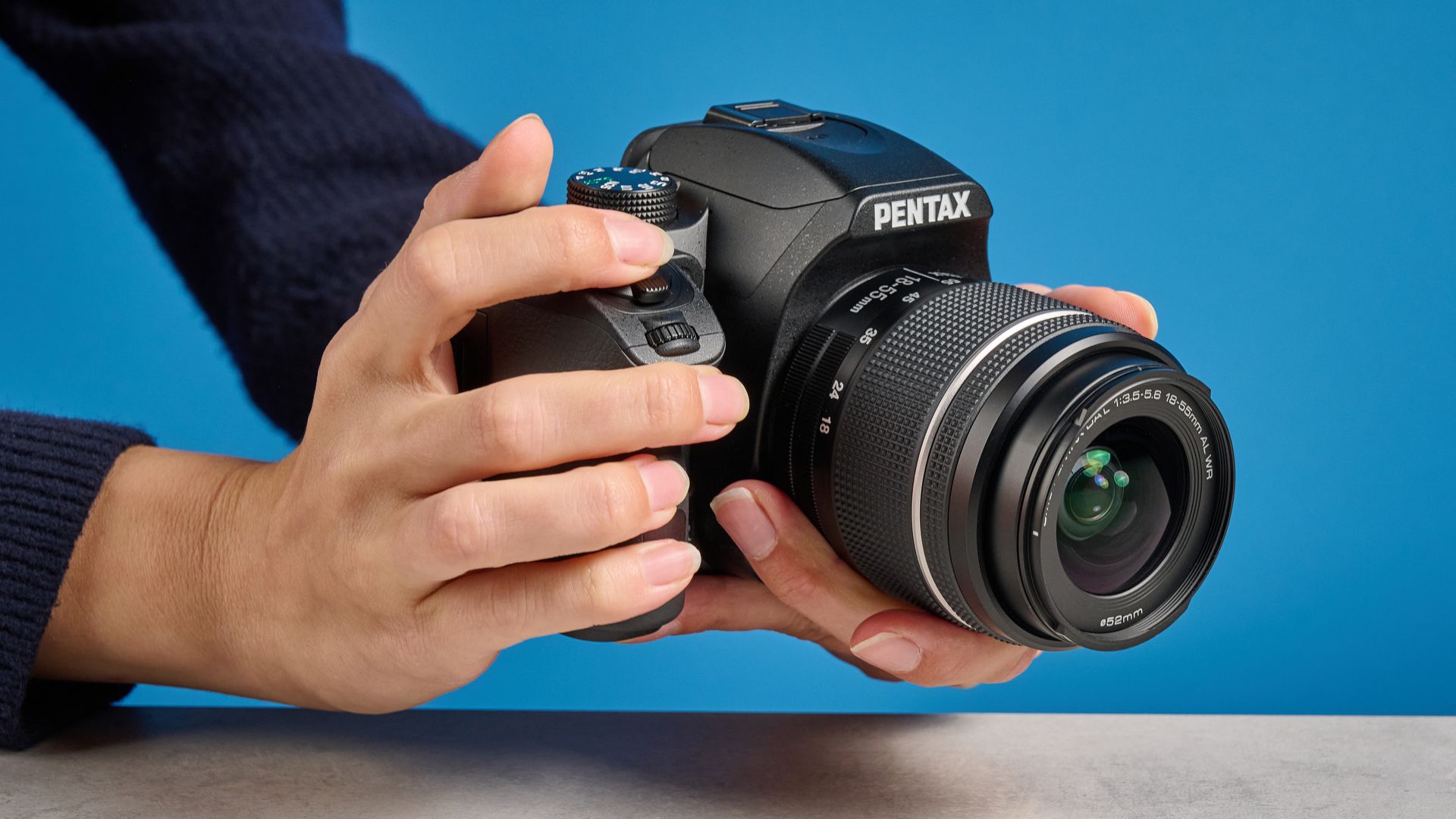I’ve spent the last month testing the Pentax KF DSLR camera. While it could be a contender for one of the best cameras, one question kept coming back to me — are DSLR cameras actually relevant anymore?
New technology has meant the camera world can move away from pentaprisms and mirror boxes and rely on mirrorless systems, which use digital image sensors. Both types of cameras come with their advantages and disadvantages, and it really depends on the type of photography you want to do. But I, for one, won’t be straying from my beloved Sony a6100 mirrorless camera anytime soon.
The good stuff: What the Pentax KF does well
Despite my mirrorless preference, I had a lot of fun with the Pentax KF. The controls are extremely easy to use, and with so many different shooting modes, I was always able to set myself up for the perfect shot.
The camera has brilliant real-world color replication capabilities, and my shots came out totally natural. In this image of the water on the lake, it feels like it’s moving thanks to the color saturation and the way the camera is able to capture the highlights.
I love taking cameras out with me on hikes in the nearby wilderness because the landscapes are so photogenic; it’d be a disservice not to. And this is really easy since the camera is weather sealed, so windy and rainy weather isn’t going to stop you.
The IBIS system in the camera also meant I was able to shoot down to shutter speeds of ¼ second while using it handheld. This was really effective and meant I could shoot easily in pretty much any light condition.
The bad: Drawbacks of a DSLR camera
The world seems to have moved on from DSLR, with the KF being the only major release since 2020. Some of the technology used by DSLR cameras is clunky, like the internal mirror and prism system. This system uses the mirror to direct light to the optical viewfinder, showing a direct real-time view of what is happening through the lens.
It becomes cumbersome very quickly as it makes the camera heavy, and I could definitely feel the effects of the weight around my neck — especially when taking it out on longer walks. Since you are getting the live-view with the camera, you can’t see the effects of the camera’s settings on the image.
Where the DSLR wins
There are still some advantages to using a DSLR. Although the mirror system makes the camera heavy, it also means that you don’t rely on battery life to see your shot. Mirrorless cameras rely on battery power to display the image in the electronic viewfinder. By using the OVF, you conserve battery life and can shoot for longer.
As I mentioned, with the OVF, you aren’t able to see what the camera’s exposure, aperture, or ISO settings are doing to the image. But this is a good opportunity for beginners to practice theory and experiment with the camera’s settings.
The OVF is also lag-free as it gives you a real-time view of what the lens is seeing. You also only get the basic information of what is happening with the camera, and for me, it’s a case of the fewer distractions, the better.
Why mirrorless still has my heart
But despite this, my mirrorless camera is still my go-to, and I’m sure it always will be. While an OVF offers its advantages and EVF works better for me to I can focus on the effects of my settings. This, of course, is down to shooting preference though.
Mirrorless cameras are also generally smaller since they don’t need that clunky mirror system. And yes, that means they are so much lighter too. When I use my mirrorless camera for a long time, I don’t need to worry about the neck strap causing any strain.
Advanced autofocus systems on mirrorless cameras also make them a super solid choice. My Sony a6100 has a hybrid AF system with eye detection, while most DSLRs, like the Pentax, are only capable of face detection.
It all comes down to your personal preference, but mirrorless works far better for me, and I will not be straying from what I know and love. Are you in agreement, or have I got it all wrong? Let me know in the comments below.
Follow Digitpatrox on Google News and add us as a preferred source to get our up-to-date news, analysis, and reviews in your feeds. Make sure to click the Follow button!
More from Tom’s Guide
Source link
